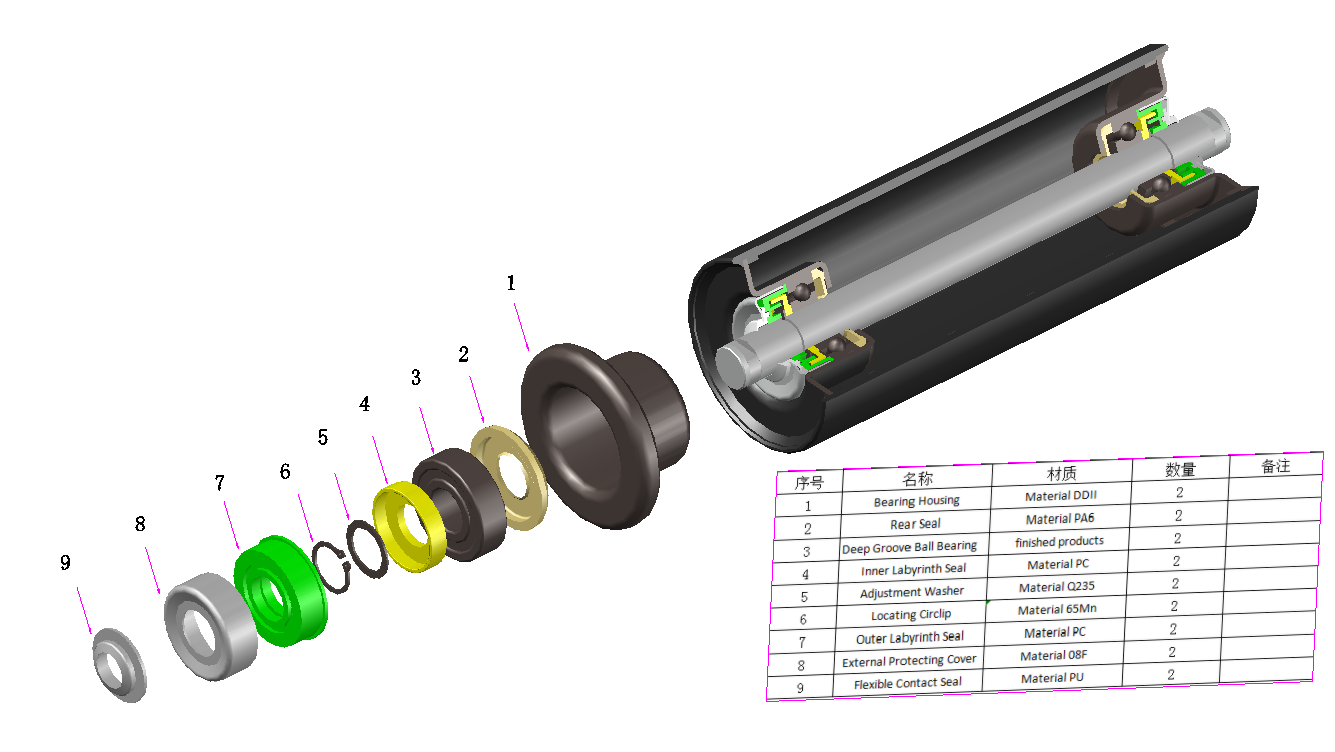 Afrikaans
Afrikaans  Albanian
Albanian  Amharic
Amharic  Arabic
Arabic  Armenian
Armenian  Azerbaijani
Azerbaijani  Basque
Basque  Belarusian
Belarusian  Bengali
Bengali  Bosnian
Bosnian  Bulgarian
Bulgarian  Catalan
Catalan  Cebuano
Cebuano  Corsican
Corsican  Croatian
Croatian  Czech
Czech  Danish
Danish  Dutch
Dutch  English
English  Esperanto
Esperanto  Estonian
Estonian  Finnish
Finnish  French
French  Frisian
Frisian  Galician
Galician  Georgian
Georgian  German
German  Greek
Greek  Gujarati
Gujarati  Haitian Creole
Haitian Creole  hausa
hausa  hawaiian
hawaiian  Hebrew
Hebrew  Hindi
Hindi  Miao
Miao  Hungarian
Hungarian  Icelandic
Icelandic  igbo
igbo  Indonesian
Indonesian  irish
irish  Italian
Italian  Japanese
Japanese  Javanese
Javanese  Kannada
Kannada  kazakh
kazakh  Khmer
Khmer  Rwandese
Rwandese  Korean
Korean  Kurdish
Kurdish  Kyrgyz
Kyrgyz  Lao
Lao  Latin
Latin  Latvian
Latvian  Lithuanian
Lithuanian  Luxembourgish
Luxembourgish  Macedonian
Macedonian  Malgashi
Malgashi  Malay
Malay  Malayalam
Malayalam  Maltese
Maltese  Maori
Maori  Marathi
Marathi  Mongolian
Mongolian  Myanmar
Myanmar  Nepali
Nepali  Norwegian
Norwegian  Norwegian
Norwegian  Occitan
Occitan  Pashto
Pashto  Persian
Persian  Polish
Polish  Portuguese
Portuguese  Punjabi
Punjabi  Romanian
Romanian  Russian
Russian  Samoan
Samoan  Scottish Gaelic
Scottish Gaelic  Serbian
Serbian  Sesotho
Sesotho  Shona
Shona  Sindhi
Sindhi  Sinhala
Sinhala  Slovak
Slovak  Slovenian
Slovenian  Somali
Somali  Spanish
Spanish  Sundanese
Sundanese  Swahili
Swahili  Swedish
Swedish  Tagalog
Tagalog  Tajik
Tajik  Tamil
Tamil  Tatar
Tatar  Telugu
Telugu  Thai
Thai  Turkish
Turkish  Turkmen
Turkmen  Ukrainian
Ukrainian  Urdu
Urdu  Uighur
Uighur  Uzbek
Uzbek  Vietnamese
Vietnamese  Welsh
Welsh  Bantu
Bantu  Yiddish
Yiddish  Yoruba
Yoruba  Zulu
Zulu Conveyor System Support Rollers for Efficient Material Handling Solutions
Understanding Conveyor Carrying Rollers Their Importance and Functionality
Conveyor systems are an essential part of modern industrial operations, facilitating the efficient movement of materials across various processes. At the heart of these systems lies a critical component the conveyor carrying roller. While often overlooked, these rollers play a significant role in the functionality, efficiency, and longevity of conveyor systems.
The Role of Conveyor Carrying Rollers
Carrying rollers serve primarily to support the conveyor belt and the materials being transported. Positioned beneath the belt, they ensure that the belt maintains its alignment and stability during operation. The design and function of these rollers directly affect the overall performance of the conveyor system. They are typically made of durable materials such as steel or plastic to withstand the weight and wear of constant use.
One of the key functions of carrying rollers is to reduce friction between the moving belt and the rollers themselves. This reduction in friction is crucial as it minimizes energy consumption by requiring less power to operate the conveyor. The efficiency gained from using high-quality carrying rollers can lead to significant savings in both energy costs and operational expenses over time.
Types of Conveyor Carrying Rollers
Carrying rollers come in various types, each designed to fulfill specific requirements based on the application
. The most common types include1. Standard Carrying Rollers These are the most frequently used rollers, providing essential support for a variety of materials in standard conveyor applications.
conveyor carrying roller

2. Impact Carrying Rollers Designed for applications where heavy loads or materials are dropped onto the conveyor, these rollers have a sturdy design that helps absorb impact, thereby protecting the conveyor belt.
3. Troughing Rollers Used to create a trough shape for the belt, these rollers are essential for transporting bulk materials such as grains, ores, and aggregates. The trough shape ensures that materials stay within the confines of the belt.
4. Guiding Rollers These rollers help maintain the alignment of the conveyor belt, particularly in situations where the belt is subject to lateral movement.
Maintenance and Longevity
Proper maintenance of conveyor carrying rollers is crucial to ensuring their longevity and the efficient operation of the conveyor system. Regular inspection for signs of wear, such as flat spots or bearing issues, can prevent unexpected breakdowns. Additionally, ensuring that rollers are properly lubricated and aligned can significantly extend their operational life.
When rollers are damaged or worn out, they can lead to conveyor belt misalignment, increased friction, and even potential safety hazards. Thus, timely replacement of faulty rollers is essential for maintaining the overall health of the conveyor system.
Conclusion
In conclusion, conveyor carrying rollers may be small components within the larger conveyor system, but their significance cannot be overstated. They are fundamental in supporting the conveyor belt and materials, contributing to energy efficiency, and ensuring smooth operation. Understanding the different types of rollers and maintaining them properly can vastly improve the functionality and lifespan of conveyor systems. Therefore, investing time and resources in these essential components is crucial for any industry relying on efficient material handling solutions.
-
Revolutionizing Conveyor Reliability with Advanced Rubber Lagging PulleysNewsJul.22,2025
-
Powering Precision and Durability with Expert Manufacturers of Conveyor ComponentsNewsJul.22,2025
-
Optimizing Conveyor Systems with Advanced Conveyor AccessoriesNewsJul.22,2025
-
Maximize Conveyor Efficiency with Quality Conveyor Idler PulleysNewsJul.22,2025
-
Future-Proof Your Conveyor System with High-Performance Polyurethane RollerNewsJul.22,2025
-
Driving Efficiency Forward with Quality Idlers and RollersNewsJul.22,2025





























